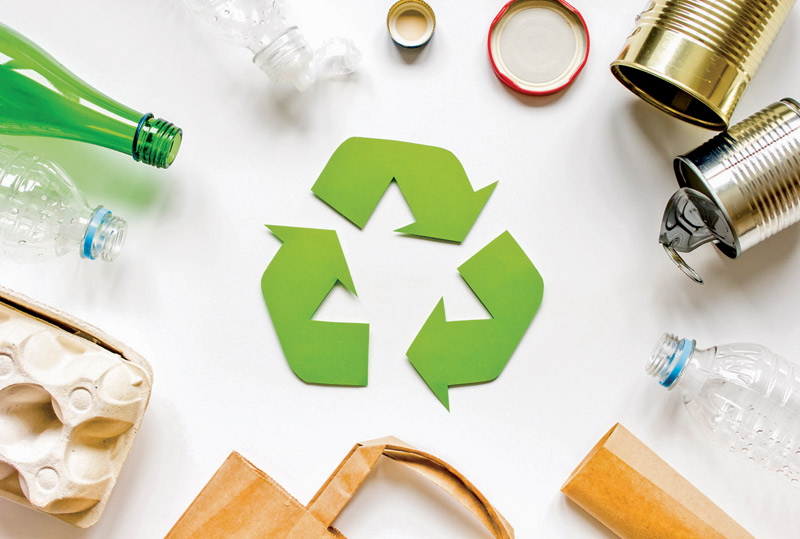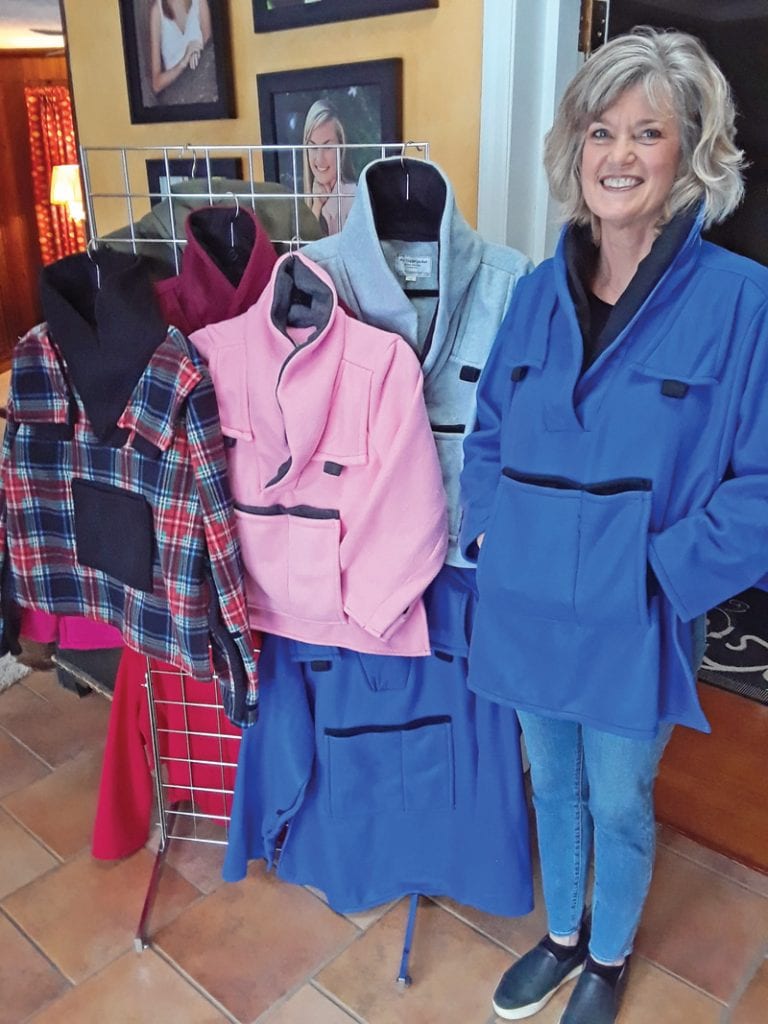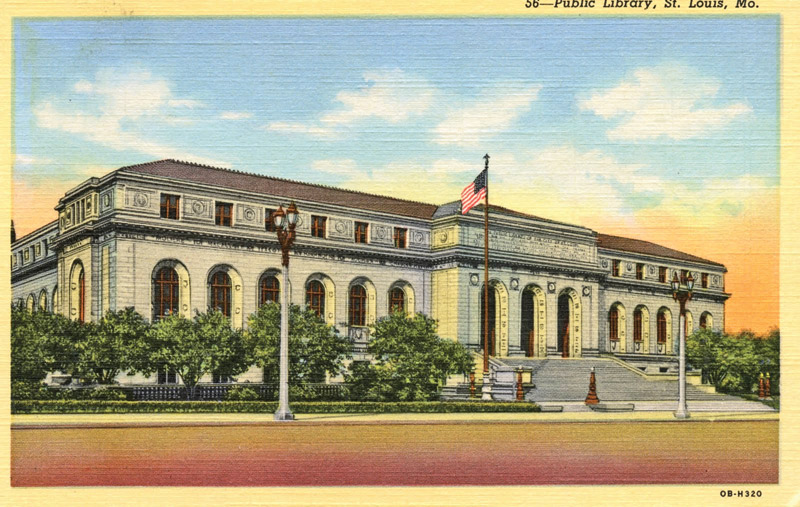downtown
All is forgiven … almost. Overdue fees have been marked ‘free’ at our city and county libraries. What’s more, overdue fees no longer will be charged. Now, if you permanently misplace books or electronic media, of course, that’s a different story—you lose it, you buy it. Library officials say the nickels and dimes of revenue collected in fines has fallen steadily in recent years. Boards of the city and county libraries decided on the change as a way of reducing barriers and increasing equity for library users. Cardholders still will receive notices when items are due, and again if items are not returned. After a specified period, unreturned books, DVDs and so on will be considered lost and customers will be held financially responsible. Our libraries have joined dozens of other systems across the country in eliminating fines.
the metro
My father, who lived in Illinois for a few years, called his fellow citizens ‘Illinaliens.’ Well, if you’re in the Show-Me State, you may have been feeling rumblings from the state to our right, and they have nothing to do with tectonic activity. But they are, well, timely. It appears that some Prairie State residents are pressuring legislators to eliminate Central Standard Time in favor of daylight saving time year-round. Dad would say, “I knew those Illinaliens were up to something!” Maybe they are, and to some folks, it’s a Really. Big. Deal. You see, unlike most of these United States, Arizona is the only state that does not observe daylight saving time—with the exception of the Navajo Nation. Most other states, including Missouri, have at least discussed sticking to daylight saving time. Who could argue against more daylight in the evening? More dark in the morning is no biggie because, after all, it’s the morning. My hardly accurate personal research proves that only one American is a ‘morning person,’ and that’s our Tweeter in Chief. Anyhow, after a while, we might not have to worry anymore about ‘springing forward’ or ‘falling back.’ Could more daylight put a dent in seasonal affective disorder? Maybe. At least it would help poor souls like the Jaffe family get to church on time. It happened every six months or so, like clockwork: They’d be sitting in the Mount Hebron parking lot, having arrived an hour early. Or they’d be coming down the drive, an hour late, as we were leaving. Wherever they are, the Jaffes are praying for daylight saving time year-round. As is my wife, whose car clock is right only half of the year.

u. city
I didn’t take a recycling class in school. So, OK, I’m old. Is it covered in Health or Civics these days? Hmm. As residents of the hinterlands (western U. City), we periodically receive flyers emblazoned with the recycling logo—a triangle comprised of three arrows. A little research shows just how little I know. So, did I recycle the cardboard pizza box and aluminum pie tin, even though the dog did a great job cleaning them up? Not this time. On ‘Recycling’s Most Unwanted’ list is food-soiled containers. I used to pride myself as someone who takes out more recycling than trash. It’s the recycling center’s job to figure that out, right? Wrong. I’m a ‘wishful’ recycler, a planet-hugging knucklehead. Experts say one in four items in the recycling bin should be in the garbage can instead. What about that clear drinking glass I just busted? Trash. It’s not the same composition as the containers emptied of grape jelly or cranberry juice. Enough pizza boxes could contaminate a load such that the recycling truck is diverted to the landfill. So, when in doubt, throw it out! Some of the other items commonly found in recycling? Diapers! (Really? Really.) And plastic grocery bags. Stores have recycling bins for those, of course. So, we hinterlandians have plastic bags to recycle and reusable bags for shopping. We even bring them in from the car. Sometimes. But hey! We always recycle the recycling flyers.
slu
If you haven’t noticed (maybe you drive along I-64/Hwy. 40 with blinders on), amazing redevelopment is going on near SLU, north and south of the highway corridor at Grand Boulevard. To sweeten an already sweet deal, Ameren Missouri has donated a 2.1-acre, $1 million parcel of land to SLU in support of the development boom that the university is helping facilitate in Midtown. The property is located near SLU’s Medical Center. An electrical substation once occupied the property, but in recent years, it has been used for materials storage. Ameren Missouri decommissioned the site after investing in a $36 million substation near the Grand MetroLink Station to ensure high reliability for downtown, Midtown and the CWE. While no immediate plans for the parcel have been made at present, it falls within the 400-acre district headed up by St. Louis Midtown Redevelopment Corp., a joint effort between the university and SSM Health to encourage investment around their educational and medical campuses. The site is adjacent to the 14 acres at the corner of Grand Boulevard and Chouteau Avenue that SLU is selling to Cullinan Properties for a planned mixed-use development called Iron Hill that will include a hotel, apartments, retail space and restaurants. Ameren Missouri’s gift comes at a time when nearly $1 billion is being invested in Midtown. In addition to Iron Hill, the new $550 million SLU Hospital is set to open this fall. Work continues apace on the $220 million first phase of the City Foundry and the $55 million Armory project. Corporate donations like Ameren’s are an important part of the university’s $500 million fundraising campaign. To date, SLU has raised more than $360 million.

notable neighbors
des peres
After spending time in hospitals for her father’s chemotherapy and empathizing with other patients, Libby Wolf of Des Peres realized a need. “The idea just dropped into my head,” Wolf says. “I like to solve problems.” Her problem was how to keep her father warm and relatively comfortable during frequent medical procedures. Voilà! Wolf invented My Hygge Jacket, a comfy, cotton fleece bed jacket that slips over the head like a poncho, so patients who have limited upper body mobility don’t have to fuss with getting their arms into sleeves. (OK, what’s a Hygge? It’s the Danish word for hug, pronounced ‘hoo-gah.’) The sides are split, and the sleeves themselves can be closed with Velcro patches to wrap loosely around IV tubes, slings, casts, PICC lines and other medical paraphernalia. Her mom wore one when she had to have a stent replaced. Wolf’s ultimate goal is to keep a patient warm in an oft-chilly environment while allowing ease of frequent medical access. It’s also designed for utility: The back is short so it doesn’t bunch up, and it makes for less hassle during bathroom trips for patients who have to roll an IV assemblage in with them. A flap at the shoulder near the collarbone opens to accept the necessary tubing for a patient undergoing chemotherapy or dialysis. A front pocket, not unlike a kangaroo pouch, is designed to hold a cellphone on one side while the roomier other side can accommodate a monitor. “One patient kept his electric razor in the little pocket,” she says with a grin. Hygge jackets are perfect for nursing homes, infusion centersand hospital gift shops. Wolf says there would be no worries with special orders like adding a logo … say, BJC. So far, Wolf has sold several pieces a month online at myhyggejacket.com and has had encouraging conversations with hospitals here and in Denver. She has yet to close a deal, but her patent-pending brainstorm only became an LLC on Jan. 1, 2019. The assortment of colors and patterns is meant to lend some brightness to someone’s already awful day. Her father’s Hygge jacket, which she still has on her display rack at home, is a lively plaid. She made it for him in August 2018, and she knows it kept him more comfortable during the last months of his life. (He died May 31, 2019, just two weeks shy of his 84th birthday.) She’s had them made in pink at the small business in Troy, Missouri, that stitches them according to her patterns. One for a youngster features dinosaurs, natch. There is houndstooth and camo. The knotty problem Wolf is trying to solve at present is getting from ‘like’ to ‘need.’ “People might see it and like it, but don’t think they need it,” she says. That is, not yet. She’s pumping up interest via social media. And her best critics and R&D specialists have been nurses, who have suggested a pocket here, a flap there.








